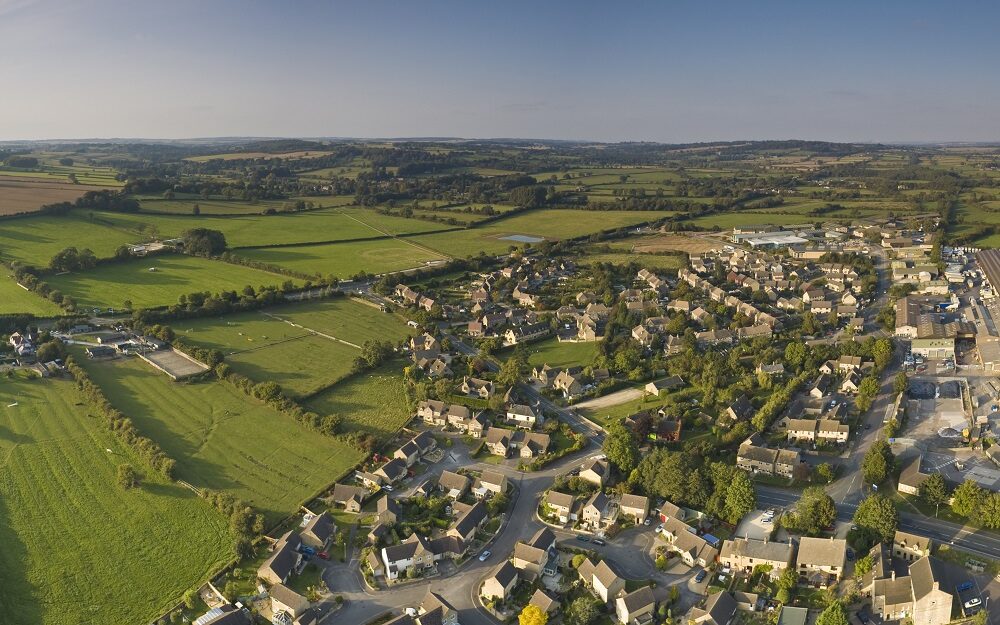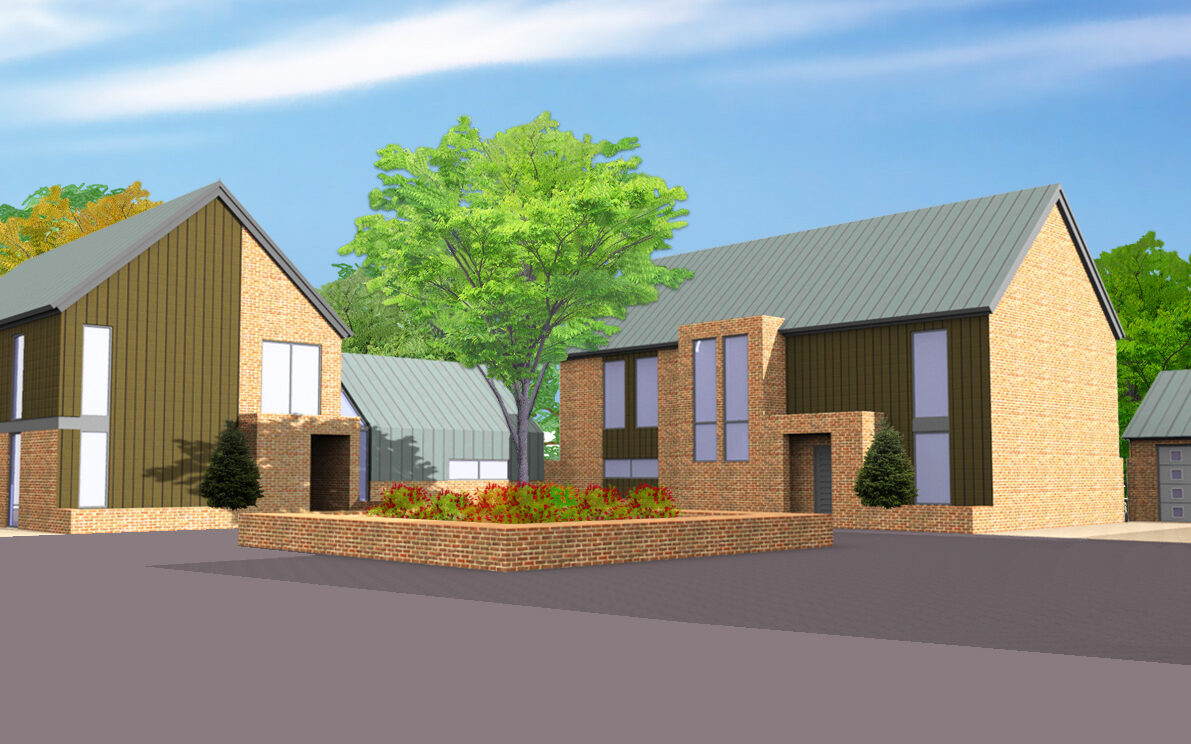Tag: planning update
Land and Property Professionals
We sell, rent, manage, survey, plan and advise...what can we do for you?
We sell, rent, manage, survey, plan and advise...what can we do for you?
What are the opportunities?

New use classes
Last year we saw several amendments made to the planning system, not only in a bid to simplify the current system but also in response to the changing face of the high street. One of the key changes we have encountered is the introduction of three new use classes:
The introduction of Class E into the Use Class Order has resulted in a broad-ranging use class which offers a greater flexibility to support the high street.
What does this mean for change of use?
It is important to note that planning permission is not required for change of use within the same use class (although there are exceptions) and so it is anticipated that the amendments will see the end of many full planning applications for minor changes of use clogging up the over-stretched planning system.
Permitted Development: change of use of commercial buildings to dwellings

Another simple reform that we have seen is the introduction of a new Permitted Development Right allowing the conversion of buildings under the new use class E to residential use under a new right known as Class MA. This new right applies to buildings of up to 1500m2 that have been in a commercial, business or service use for a minimum of two years and have been vacant for three months consecutively.
However, an implication we may see from the introduction of Class E and the new rights under Class MA could be the loss of space for rural businesses as it makes it easier to obtain planning permission for a dwelling in the countryside. This would see a conflict with the policies set out within the National Planning Policy Framework (NPPF) and its emphasis on sustainability and support for the rural economy. It will be interesting to see how this transpires over time.
The new Class MA is distinct from the more familiar Class Q which allows the change the use of an agricultural building to up to five dwellings.
Conditions and limitations apply to Class MA proposals and we would be happy to discuss these with you and advise if these routes may be appropriate for you.
The White Paper and overall Planning Reform

Published in August 2020, the Planning White Paper promised reforms to the planning system to accelerate the delivery of new homes. It proposed long-term structural changes, such as a move to a zonal system, digitalisation of Local Plans with mapbased systems, replacing Section 106 agreements and Community Infrastructure Levy payments with a new Infrastructure Levy and the revising of the standard method to establish numbers of new homes for an area.
Further information on the proposed reforms following the ending of a recent consultation has been scarce. It now appears that because of the ministerial changes in September, the Government has applied the brakes and the new zonal system principles may be abandoned.
The Ministry of Housing, Communities and Local Government was re-branded as the Department for Levelling Up, Housing and Communities. Many will question whether changing the label on the tin will alter the cumbersome nature of the planning system. It will be critical to the success of any reforms to ensure that the planning system is sufficiently resourced and funded to overcome current issues we are experiencing daily, such as understaffing and backlogs within local planning departments.
As planners working in predominantly rural areas, it is vital that a greater consideration of the rural economy is given by those preparing reforms and within the context of the NPPF, especially in recognising the diversity and changing demands of the rural economy.
Things to be aware of
For more information or to discuss your planning project with us, please call Shannon.

In March 2020 as part of the Budget, the Government committed to the preparation of a Spatial Framework for the Oxford to Cambridge Arc to guide the direction of development in this recognised growth corridor. The proposed framework looks to focus on strategic opportunities for growth, improved connectivity including the East West Rail project and bettering the environment by working across local administrative boundaries and supporting more sustainable growth at a local level.
A Policy Paper was published on 18th February 2021 by the Ministry of Housing, Communities & Local Government called ‘Planning for sustainable growth in the Oxford to Cambridge Arc: an introduction to the spatial framework’ and this sets out the Government’s approach and what it will mean for growth, spatial planning and infrastructure within the Arc.
In addition, the Paper sets out how the Government will work with communities to develop the Spatial Framework and provides an indicative timeline on how it will be developed, starting with the developing of a vision for the future of the Arc through a consultation in summer 2021.
Options shall then be formed on how these visions will be developed into policy with a consultation on these held in spring 2022. Following this, a consultation is anticipated in autumn 2022.
Once the Spatial Framework is adopted in late 2022 / early 2023, it will have the status of National Policy and be a material consideration for proposals across the five counties (Oxfordshire, Buckinghamshire, Northamptonshire, Bedfordshire and Cambridgeshire) within the Arc.
Growth on this scale is likely to have far reaching consequences for many property owners in the area and we will continue to monitor the progress of the proposals and provide further updates as more details emerge.
For more information or to find out how our Planning & Development team can help you, please call Andrew, Abel or Shannon.
Abel Bunu, Senior Planner at Robinson & Hall provides a planning update of key areas which may interest you.
New PDR for extensions above existing buildings came into force on 31st August 2020. The changes allow up to two extra storeys on an existing house or one extra storey on a bungalow. There are also extra storeys allowed on flats and some commercial buildings.
Another amendment relates to the insertion of Class ZA which allows for the demolition of a single detached building that was in existence on 12th March 2020 and was used for office, research and development or industrial processes, or a free-standing purpose-built block of flats, and its replacement by an individual detached block of flats or a single detached house within the footprint of the old building.
The right provides permission for works for the construction of a new building that can be up to two storeys higher than the old building with a maximum overall height of 18 metres.
Important points to be aware of:
Milton Keynes Council intends to introduce an ‘Article 4 Direction’ in the town centre to remove Permitted Development Rights for the change of use from office to residential accommodation.
The ‘Article 4 Direction’, if confirmed, would take effect from 2nd July 2021, and would mean that anyone proposing to change an office to residential use would be required to apply for planning permission to the Council.
It is likely that the Council will be flooded with applications for office to residential conversion in order to beat this deadline.
On 30th September 2020, the Housing Secretary, Robert Jenrick announced that new homes delivered through Permitted Development Rights will have to meet the Nationally Described Space Standard which start at 37m² of floorspace for a new one bed flat with a shower room or 39m² with a bathroom, ensuring proper living space for a single occupier.
No date has been announced regarding when these changes will come into force which means that there is a likelihood that local planning authorities could be inundated with applications for prior approval before the new legislation is introduced.
If you would like more information on the above or would like to find out how our Planning & Development team can help you, please contact Andrew, Abel, or Shannon.